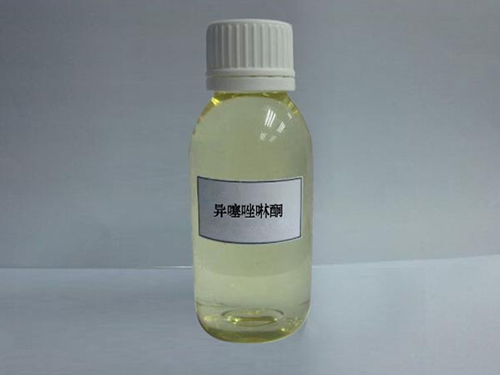cationic polyacrylamide
Cationic Polyacrylamide An Overview of Its Applications and Benefits
Cationic polyacrylamide (CPAM) is a type of polymer that has gained significant attention in various industries due to its unique properties. It is a derivative of polyacrylamide, where cationic groups have been introduced to enhance its performance in specific applications. This article explores the characteristics, applications, and benefits of cationic polyacrylamide.
Characteristics of Cationic Polyacrylamide
Cationic polyacrylamide is characterized by its quaternary ammonium groups, which confer positive charges to the polymer. This cationic nature allows CPAM to interact effectively with negatively charged surfaces and substances, making it an excellent flocculant and coagulating agent. Additionally, CPAM is notable for its high molecular weight and water-soluble properties, which contribute to its effectiveness in various processes.
The physical form of cationic polyacrylamide can vary from white powder to granular forms, making it convenient for handling and application. Its solubility in water is pH-dependent, with optimal performance typically observed in a neutral to slightly alkaline environment.
Applications of Cationic Polyacrylamide
Cationic polyacrylamide is utilized in a wide range of applications across different industries
1. Water Treatment One of the most prominent applications of CPAM is in water and wastewater treatment. Its ability to form flocs allows for the efficient removal of suspended solids, colloidal particles, and organic materials from water. This property is particularly beneficial in municipal wastewater treatment plants, industrial effluent treatment, and the clarification of drinking water.
2. Papermaking Industry In the papermaking process, cationic polyacrylamide is used as a retention aid and flocculant. It enhances the retention of fine particles and fillers, improving paper quality while reducing production costs. The use of CPAM also prevents the loss of valuable fibers during the manufacturing process.
3. Mining and Mineral Processing CPAM is employed in the mining industry for the flocculation of minerals. It assists in the separation of valuable minerals from gangue materials, enhancing recovery rates and the efficiency of mineral processing operations.
cationic polyacrylamide

4. Agriculture Cationic polyacrylamide finds its application in agriculture as a soil conditioner and erosion control agent. It helps in improving soil structure, retaining moisture, and enhancing seed germination. Additionally, CPAM is used in controlling soil erosion by stabilizing the soil surface.
5. Cosmetics and Personal Care Products The cosmetic industry utilizes cationic polyacrylamide for its thickening and emulsifying properties. It is incorporated into various products such as lotions, creams, and shampoos, providing improved texture and stability.
Benefits of Cationic Polyacrylamide
The use of cationic polyacrylamide offers several benefits
- Enhanced Efficiency Due to its strong flocculating and coagulating properties, CPAM improves the efficiency of various processes such as water purification and material recovery in industrial operations.
- Economic Advantages By enhancing retention rates and reducing chemical consumption, CPAM can lead to significant cost savings in industries such as papermaking and water treatment.
- Environmental Sustainability The effective removal of pollutants and suspended particles from water sources contributes to environmental sustainability efforts, as cleaner water leads to healthier ecosystems and communities.
- Versatility The adaptability of cationic polyacrylamide allows it to be used across different sectors, making it a valuable additive in numerous formulations and applications.
In conclusion, cationic polyacrylamide is a multifunctional polymer with diverse applications spanning water treatment, papermaking, mining, agriculture, and cosmetics. Its unique properties, such as cationic charge, high molecular weight, and water solubility, make it an indispensable tool in enhancing efficiency and sustainability in various industrial processes. As awareness of its benefits continues to grow, CPAM is likely to play an increasingly pivotal role in addressing modern challenges across different sectors.
-
Water Treatment with Flocculant Water TreatmentNewsJun.12,2025
-
Polymaleic AnhydrideNewsJun.12,2025
-
Polyaspartic AcidNewsJun.12,2025
-
Enhance Industrial Processes with IsothiazolinonesNewsJun.12,2025
-
Enhance Industrial Processes with PBTCA SolutionsNewsJun.12,2025
-
Dodecyldimethylbenzylammonium Chloride SolutionsNewsJun.12,2025





